China Tightens Audit Oversight in Capital Markets with Revamped Securities Service Filing Rules
China has rolled out a revised regulatory framework for audit firms offering securities services, aiming to sharpen oversight and raise the bar for audit quality in capital markets. The reform is of particular interest to global investors, multinational corporations, and audit networks operating in or with China, as it signals a firmer regulatory stance and clearer operational rules.
The new regulation, titled Administrative Measures for the Record-Filing of Accounting Firms Engaged in Securities Services(hereafter the Measures), jointly issued by the Ministry of Finance and the China Securities Regulatory Commission (CSRC), took effect on April 14, 2025. It replaces the earlier 2020 version, updating requirements on audit quality, risk control, and regulatory compliance in the wake of mounting concerns over audit failures and financial irregularities in the Chinese capital market.
What's Changing and Why It Matters
The revised Measuresmark a shift toward more stringent, ongoing oversight of accounting firms performing securities-related audits. While China had already replaced the prior approval system with a record-filing regime in 2020—loosening administrative controls in line with broader market liberalization—the updated framework now reintroduces tighter quality control mechanisms to address emerging risks.

Key changes include:
Enhanced First-Time Filing Requirements: Firms must now demonstrate robust quality control systems and integrated internal governance to qualify for securities service filings. This includes evidence of risk management protocols and partner-level accountability.
Closed-Loop Oversight: The new regime establishes a full-cycle regulatory mechanism, from initial filing through to annual renewals and post-event changes. It introduces structured procedures for de-registration, rectification, and joint verification, giving authorities a clearer path to intervene when firms fall short.
Stronger Legal Alignment and Regulatory Coordination: The Measures are now explicitly aligned with China's Certified Public Accountants Law, Securities Law, and other core financial regulations. This coordination is supported by information-sharing protocols between the Ministry of Finance and the CSRC, allowing firms to file once and confirm through either authority's digital platform.
According to the Ministry of Finance, these reforms were prompted by "increasingly prominent issues" such as uneven service quality and insufficient professional competence among certain audit firms. A senior CSRC official noted that the updated filing rules are part of a broader mandate to “strengthen gatekeeper accountability” and reinforce the role of audit in protecting market integrity.
Global Implications: What Should Foreign Stakeholders Watch?
For multinational investors, institutional shareholders, and cross-border auditors, this overhaul represents more than a domestic compliance tweak—it's a regulatory signal with real market consequences.
Higher Scrutiny for IPO-Linked Audits: Foreign investors eyeing listings in Shanghai or Shenzhen should anticipate that companies will face stricter auditor qualifications. Firms with poor filing track records may face increased barriers to participate in IPOs or other capital-raising activities.
Audit Risk Management as a Due Diligence Priority: With the new emphasis on integrated quality control systems and professional liability insurance, overseas partners should expect greater scrutiny of Chinese audit affiliates or JV partners. The enhanced framework makes it easier for authorities to flag weak actors and remove them from securities audit work.
Technology-Enabled Regulatory Monitoring: The dual-platform structure (via the Ministry of Finance and CSRC) facilitates automated cross-checks and greater data transparency—reducing the likelihood of filing inconsistencies. International firms operating in China must ensure their systems are compatible with both regulatory interfaces and capable of real-time data updates.
From a compliance perspective, the emphasis on annual filings, significant event disclosures, and partner-level accountability mirrors global best practices, aligning China's audit governance more closely with that of the EU and the United States.
Expert Views
Dr. Zhang Xiaojing, Professor of Accounting at the Chinese Academy of Fiscal Sciences, observed:
“This reform is not simply procedural—it redefines the credibility threshold for firms engaging in high-stakes financial reporting. It reflects China's intent to modernize its audit infrastructure in support of capital market stability.”
A policy advisor at a Big Four firm's Asia-Pacific risk and regulation team commented off-record:
“The message is clear: the days of passive compliance are over. Firms must now prove not just eligibility, but operational excellence—continually.”
Filing Channels and Operational Impact
Under the new Measures, firms may file their securities service records through either the Ministry of Finance's CPA Regulatory Platform or the CSRC's e-government portal. Crucially, data entered in one system will automatically be pushed to the other, avoiding duplicate filings. However, inconsistencies in data may result in rejected submissions, requiring correction and resubmission.
Annual filings are due by May 31 each year. Material changes—such as partner departures, major penalties, or changes in firm structure—must be reported promptly under Article 10 of the Measures, which outlines six categories of reportable events.
For international networks with China affiliates, this demands closer coordination between global HQs and local branches to ensure alignment in reporting procedures and regulatory disclosures.








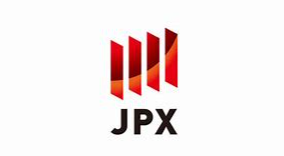


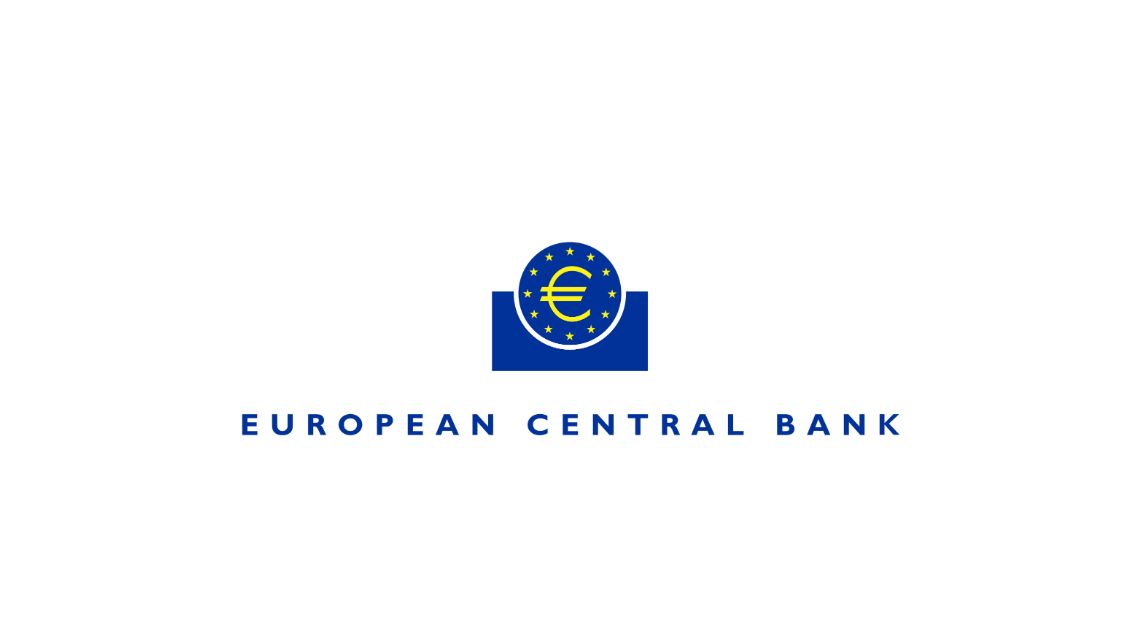
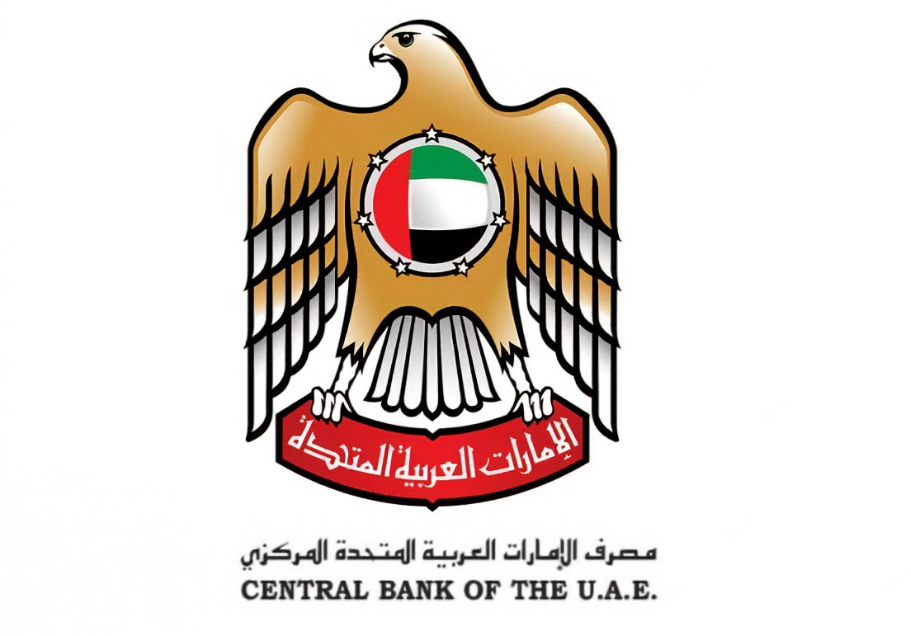




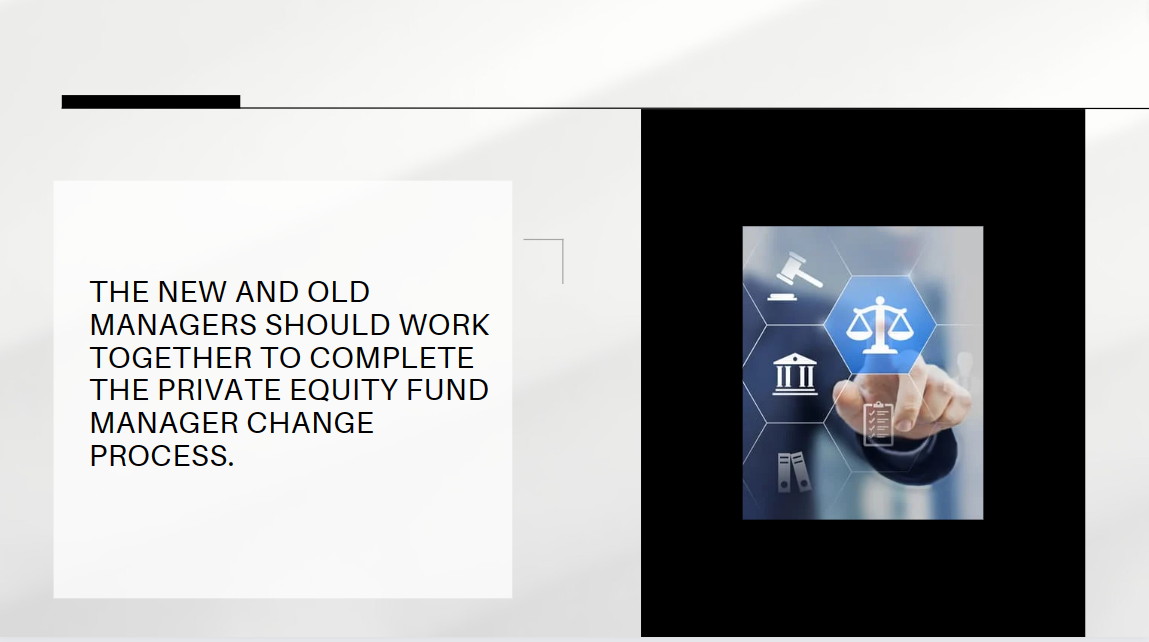
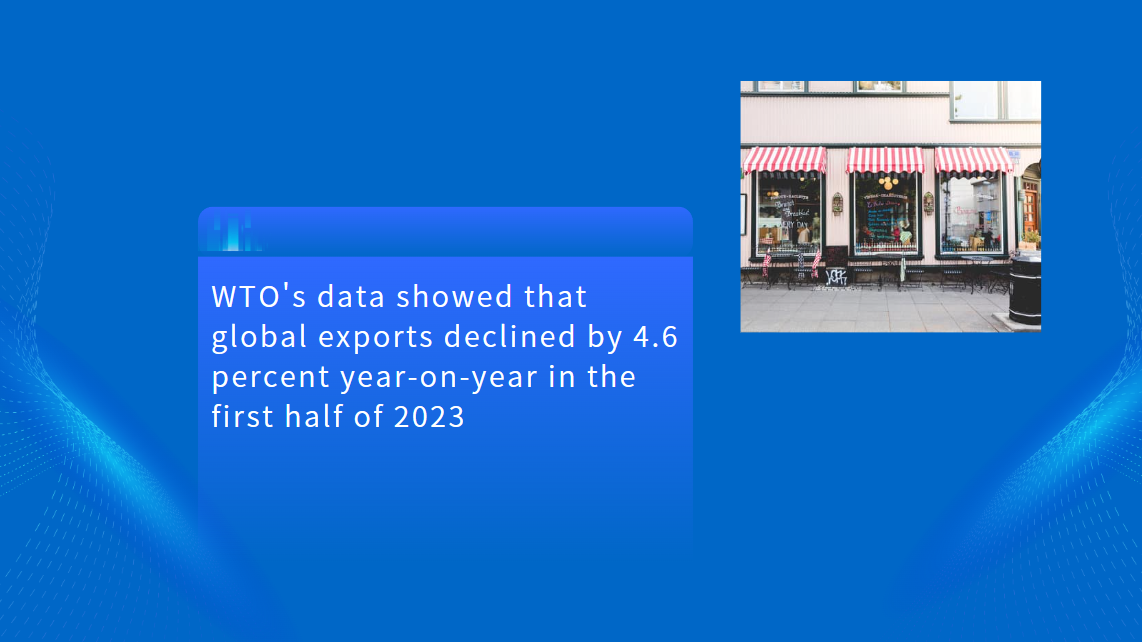
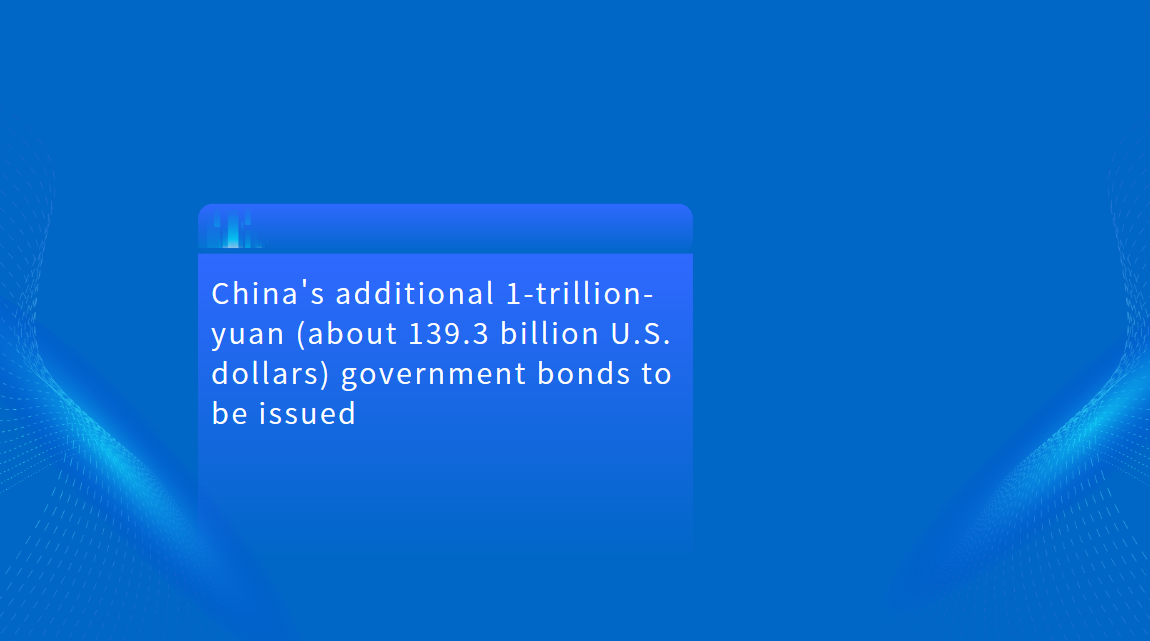
































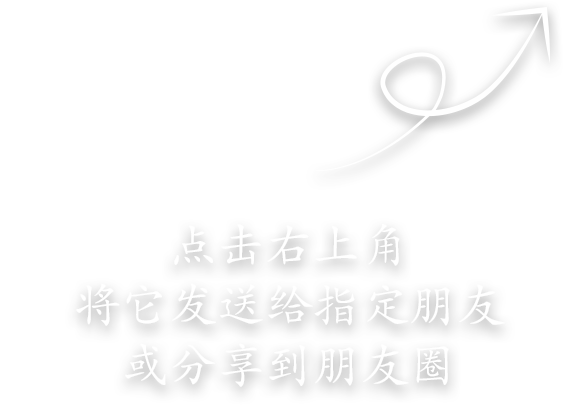
First, please LoginComment After ~